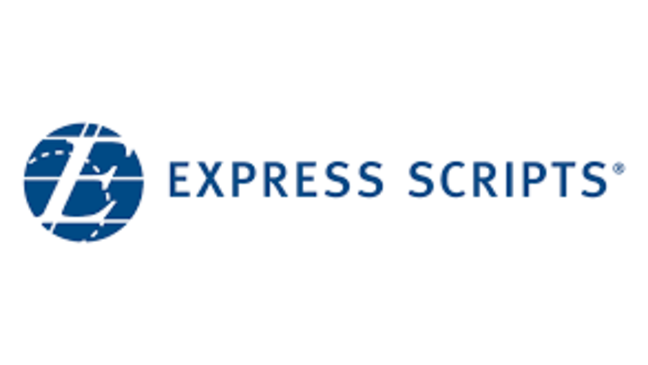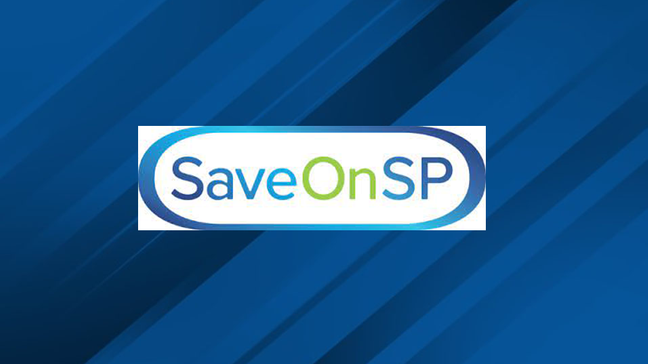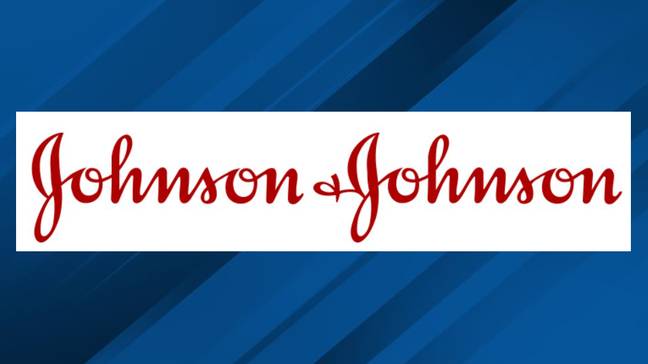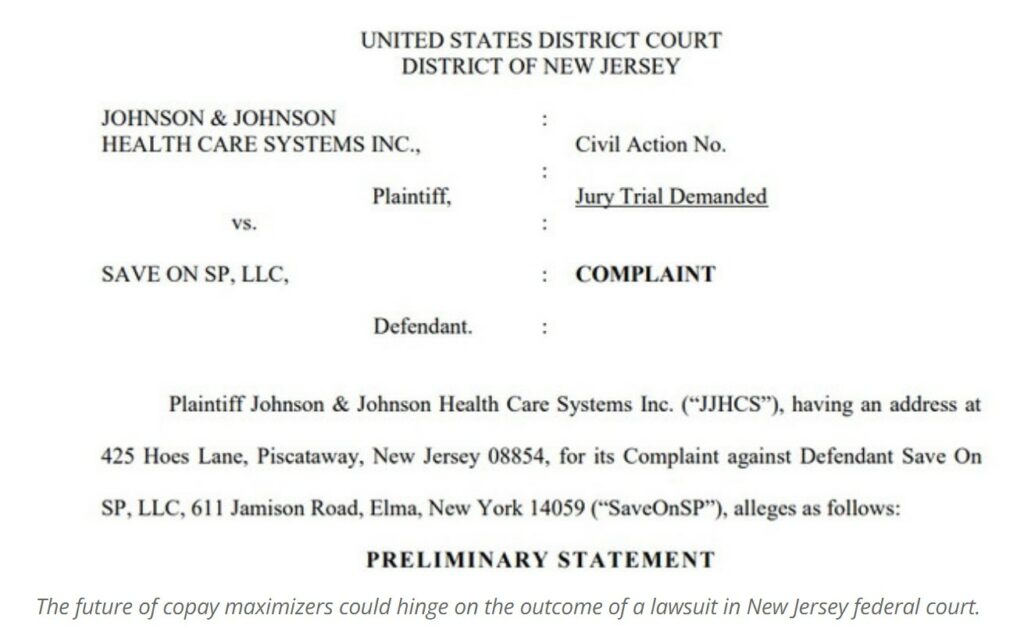Patients already paying price for PBMs diverting copay cash meant for needy, WSYX, Part 3, Darrel Rowland Part 3 of a 3-part investigation adding the detail of what is occurring with the PBMs. In a nut shell, Patients are told that they can avoid huge out-of-pocket spending for their drug and obtain their prescription for free. Yet what may not be clear to patients is that their deductible, coinsurance, and other out-of-pocket obligations are simply being applied to their use of other health-care services. So when the 00 bill comes in the mail, they are told to call the manufacturer to obtain copay assistance. Everyone wins except the patient. Read on . . . COLUMBUS, Ohio (WSYX) — Shawna Landaker was worried about her husband, Doug. The
Topics:
Bill Haskell considers the following as important: Diverting CoPays, Healthcare, law, Part 3, PBMs, politics, SaveOnSP, Taxes/regulation
This could be interesting, too:
Robert Skidelsky writes Lord Skidelsky to ask His Majesty’s Government what is their policy with regard to the Ukraine war following the new policy of the government of the United States of America.
Joel Eissenberg writes No Invading Allies Act
Ken Melvin writes A Developed Taste
Bill Haskell writes The North American Automobile Industry Waits for Trump and the Gov. to Act
Patients already paying price for PBMs diverting copay cash meant for needy, WSYX, Part 3, Darrel Rowland
Part 3 of a 3-part investigation adding the detail of what is occurring with the PBMs. In a nut shell, Patients are told that they can avoid huge out-of-pocket spending for their drug and obtain their prescription for free. Yet what may not be clear to patients is that their deductible, coinsurance, and other out-of-pocket obligations are simply being applied to their use of other health-care services. So when the $3000 bill comes in the mail, they are told to call the manufacturer to obtain copay assistance. Everyone wins except the patient. Read on . . .
COLUMBUS, Ohio (WSYX) — Shawna Landaker was worried about her husband, Doug.
The high-school sweethearts were happily settled with their two children in a bucolic new home on her family’s old farm near Waterford, about 20 miles up the Muskingum River from Marietta.
Doug was working 12 hours a day, seven days a week last year as a boilermaker helping to finish a power plant near Cambridge, about 80 miles east of Columbus.
But it wasn’t that crushing workload alone that caused her concern.
“I knew that he was out of medication because we got desperate,” she said. “It was like, he doesn’t want to have a relapse and go back to the hospital.”
Doug, now 44, has dealt with multiple sclerosis for over 15 years. MS is a potentially disabling disease of the brain and central nervous system believed to affect nearly a million Americans.
And why was he forced to go without medication for several months?
The answer involves one of the most significant yet almost unnoticed recent transformations in U.S. health care — one that could make potentially life-saving drugs less available to millions of Americans.
Landaker got caught up in a mysterious health insurance plan involving SaveOnSP, which has offices in Buffalo, Denver and Vero Beach, Fla. That little-known company was brought in by Doug Landaker’s health plan’s pharmacy benefit manager, Express Scripts, part of the Fortune 15 company Cigna.

The primary lure? Promises of prescription drugs for a small copay – or none at all.
But you know the old saying about when something seems too good to be true …
Longtime Columbus patients advocate Lisa Miller, who now works for Ohio State University’s Wexner Medical Center, warns that PBM promises don’t always pan out.
“They’re partnering with these saver programs that supposedly are saving the patients’ cost. But it’s not.”
A study released in April by the nonprofit Pioneer Institute for Public Policy Research said patients may not be getting the full story:
“They are told that they can avoid huge out-of-pocket spending for their drug and obtain their prescription for free. Yet what may not be clear to patients is that their deductible, coinsurance, and other out-of-pocket obligations are simply being applied to their use of other health-care services.”
Key part of the email confirming delivery of Doug Landaker’s prescription costing $3,990 for a 90-day supply that previously cost him just $150. Accredo is the specialty pharmacy of Express Scripts, which the pharmacy benefit managers mandate when filling prescriptions for the SaveOnSP program. Wife Shawna Landaker said she has refused to open the pill bottle to this day.
MS drug skyrockets from $150 to $3,990 for the same three-month prescription
The disconnect finally dawned on the Landakers when they received a jolting notice early last year about the medication Doug needed to treat his MS.
“At some point, and I don’t remember if we got a letter or a phone call, but something happened to where we had been told that his copay was going to go from $150 for three months’ supply to $3,990 for a three-month supply,” Shawna said. “
And then it was like, ‘Wait a minute, what’s happening?'”
SaveOnSP offered only one way out of the huge price increase, the Landakers said: Call the company that makes the drug and get the copay assistance that pharmaceutical firms talk about in their TV ads.
Oh, and you also MUST tell us the most they’ll give you.
“I really didn’t want to sign up for SaveOnSP but was left with no option when the copay was jacked up,” Shawna said.
It turns out Express Scripts and SaveOnSP are part of a national trend to use what are usually referred to as “copay maximizers.” The latter company has developed a business model mining cash from the patients’ assistance programs set up by most, if not all, the nation’s major pharmaceutical companies to help the uninsured or underinsured afford expensive drugs.
The first step, as the Landakers learned, is finding out the top dollar those drugmakers will offer in financial assistance — in other words, “maximizing” that copay aid. But instead of going straight to the patient as intended, much of it’s typically used by SaveOnSP and Express Scripts to fund the PBM’s own health-care plan — and usually reap 25% of the savings.
Shawna, a state public defender, used her background as an attorney to piece together why SaveOnSP insisted it had to know the amount of copay assistance granted to her husband.
“I felt like what was actually happening was that our copay was jacked up,” she said, “basically in order for us to then get the copay assistance. And then the copay assistance would be funneled through us to SaveOnSP basically, and that SaveOnSP would get a cut of that copay assistance.”
Officially, patients aren’t forced to use the new setup. But if they don’t, they’ll be forced to pay the list price of the drug — out of the question for virtually anyone who needs treatment for a rare or chronic disease.
“That SaveOn SP letter, it said it was voluntary,” Shawna said. “It’s a voluntary program. Well, you know, it didn’t feel real voluntary when they jacked up your copay to $3,990.”

What the company had to say
SaveOnSP did not respond to multiple attempts by ABC 6 On Your Side seeking comment.
An October 2021 white paper by the company said that by “’maximizing’ these available funds, costs for employers, insurers, and patients are reduced.”
In a statement last year to Kaiser Health News, a SaveOnSP spokesperson explained its approach by saying employers don’t like drug companies “using their employees’ ongoing need for these drugs as an excuse to keep hiking the drugs’ prices.”
The SaveOnSP representative added that the company only “advises these employers on how to fight back against rising prices while getting employees the drugs they need at no cost to the employees.”
Adam Fein, whose Drug Channels blog is among the leading voices in the US on drug prices. (Screenshot)
These drug-pricing tactics are part of a national trend
What happened to the Landakers is part of a national push to shove a larger and larger share of health-care costs onto patients and others by health insurers and drug-chain middleman PBMs – which due to ongoing industry consolidation are often part of the same company these days.
One of the nation’s most-read blogs on drug pricing, Drug Channels Adam Fein said,
“SaveonSP clearly exploits a loophole in the way manufacturers provide funds for patient support. Money that is designated to support underinsured patients or those with coinsurance are instead diverted to well-funded employer-sponsored plans.”
Fein adds . . . As of 2022, 76% of commercial health-insurance plans contained copay maximizers, although 41% were actually in use.
He cited research showing “troubling health equity issues” when these plans are put in place.
“They pose a disproportionate burden on historically marginalized populations and people of color. In other words, non-white patients appear to be disproportionately impacted by the loss of copay assistance.”
A Drug Channels Institute webinar graphic showing that PBMs prefer copay maximizers, as demonstrated by their stunning growth in Americans’ insurance plans from 2018-22.
Fein also advised more than three years ago:
“Keep an eye on SaveonSP. It may look harmless, but seems highly questionable to me.”
‘I’ll take my pill every other day’
Lisa Miller, who has battled to get financial help for patients the past 20 years, said the PBM setup sometimes tries to remove her and her health-care coworkers from the decision-making process for patients . . . just so they can make more money.
She pointed to the case of a Wexner cancer patient who was receiving both oral and infusion treatments. But only the oral meds were being run through the PBM program that generates high profits.
Lisa Miller, longtime patients advocate, now with Ohio State University’s Wexner Medical Center. (WSYX/Christopher Baggs)
So the PBM did an end-run around the hospital team, attempting to get a signature directly from the patient’s doctor to switch the infusion treatments onto to medicine covered by the big-profit plan – even though everything already was working fine.
“The insurance company is making that decision, not us,”
Lisa Miller . . .
“And it’s like, how do they have the right to just take that over like that?
They’re just taking it away from the patient and the patient making the decision on even where to get the medication.”
Miller said it’s part of a pervasive problem.
Does that mean people in this day and age really have to choose between taking their medicines or eating or paying their rent or repairing the car?
“Absolutely, absolutely they do,” she said.” It’s a daily decision for these patients. I have had patients that have said, ‘I’ll take my pill every other day,’ just because they financially can’t afford it.”
The future of copay maximizers could hinge on the outcome of a lawsuit in New Jersey federal court.
A pivotal lawsuit in which each side condemns the other side’s ‘scheme’
The fate of whether the controversial copay maximizer tactics will continue may rest on the outcome of a ground-breaking federal lawsuit in New Jersey. In the litigation, pharmaceutical giant Johnson & Johnson accuses SaveOnSP of a “scheme to pilfer tens of millions of dollars” in money earmarked for J&J customers.
“Patient assistance does not exist so that SaveOnSP can enrich (health insurers) further while taking a cut itself,” says the lawsuit, filed by Johnson & Johnson Health Care systems.
With $100 million already drained by SaveOnSP from money J&J had set aside for direct patients assistance, that fund eventually will run dry – harming patients who then can no longer afford their medication, the lawsuit says.
SaveOnSP counters that J&J “uses this scheme to line its pockets at the expense of employers who sponsor the employee benefit plans that provide most Americans with their health care.”
In January, the judge rejected SaveOn’s motion to dismiss the widely watched suit and allowed other drug companies to file briefs in the case.
In a similar action, drug giant AbbVie sued a company called Payer Matrix in May, alleging it operates “a fraudulent and deceptive scheme to enrich itself by exploiting AbbVie’s (patients assistance program) through the enrollment of insured patients into a charitable program not intended for them.” The 52-page federal suit says the practice “jeopardizes the sustainability of AbbVie’s program for those patients who truly need it.”
The lawsuit came even after AbbVie changed its program’s eligibility requirements in January to forbid Payer Matrix from participating. The Pennsylvania company disputes AbbVie’s contentions in court.

While the copay maximizer gravy train may soon crash – through litigation or legislation — drugmakers are fighting back. Lisa . . .
“We’re starting to see pharmaceutical companies come back and say, we’re not helping patients.”
So it’s the patients, not necessarily the PBMs, who are suffering from new cuts to and restrictions on patient aid.
For example:
- Johnson & Johnson cut patient assistance from $20,000 to $6,000/year for Stelara & Tremfya, which treat psoriasis and other ailments.
- Vertex Pharmaceuticals chopped its copay help for multiple cystic fibrosis medications from nearly $100,000 annually to $20,000.
- In April, Bristol Myers Squibb – which makes such popular drugs as blood thinner Eliquis and lung cancer treatment Opdivo – stopped covering new patients enrolled in plans that “hide their insurance coverage to make the patient appear to be underinsured.”
- Genentech, a subsidiary of Roche that sells cancer treatments such as Herceptin and Avastin, warned it would monitor PBM ploys “that undermine the intent of patient assistance programs.”
The battleground between pharmaceutical firms and PBMs constantly evolves.
Trade journal Biopharma Dive noted, “Manufacturers have recently started combating maximizers … by reducing available copay assistance once a patient is identified as being in a maximizer plan. In turn, maximizers have become more aggressive in capturing as much of the copay offer benefit in the first few claims as possible, to guard against having to absorb the cost for more patients later in the year. “
It’s like the old African proverb: When elephants fight, it is the grass that suffers.
And patients caught in the middle of this tussle don’t have to ask who is playing the role of the grass.

Despite his MS and long hours as a boilermaker, Doug Landaker performs much of the work around his southeastern Ohio home himself. (Provided)
‘It just sounds like a scam’
Doug Landaker still remembers the day more than a decade-and-a-half ago he found out he was living with a serious disease:
“I was working at a power plant down in West Virginia called Mount Storm. And my arm just went numb one day, like tingly numb? I thought I pinched a nerve or something. Ended up going to the doctor and they’re like, ‘No, it’s not a pinched nerve.’ They did a bunch of testing and stuff and come back and said it’s MS.”
Years later he struggles to overcome almost inexplicable health-care barriers to treating a disease that could disable him or even take his life.
“To me, it just sounds like a scam,” he said. “They’re trying to suck the copay assistance out. That way they can suck their copay assistance out and there you go: They just pocketed all that money.”
Seeking the reasons for the death for HB 135, Angry Bear, Part 1, Darrel Rowland
$Billions meant to help patients afford drugs are being diverted, Angry Bear, Part 2, Darrel Rowland








